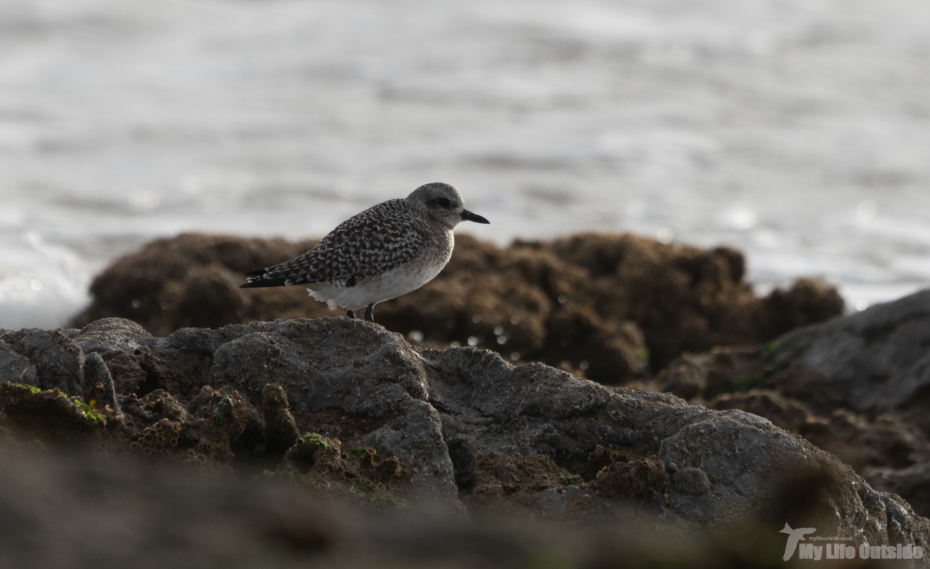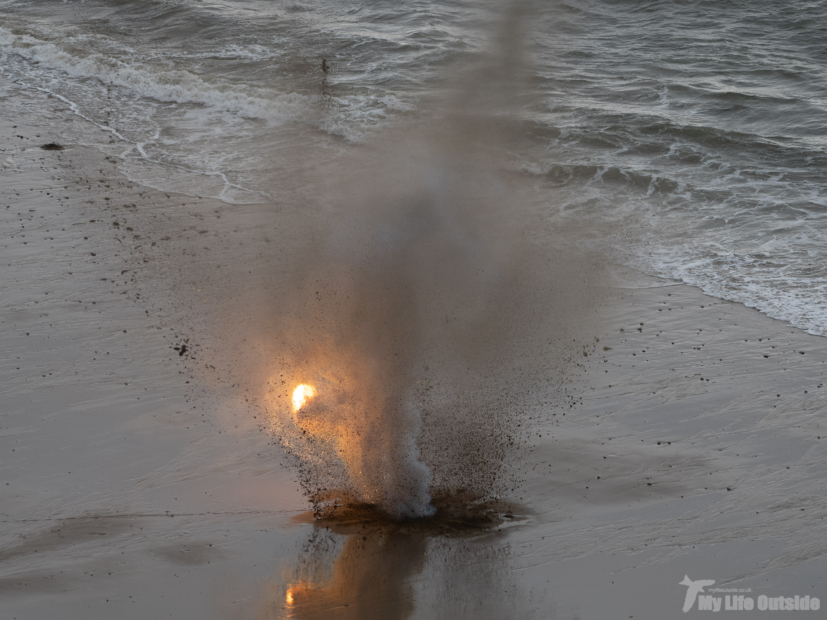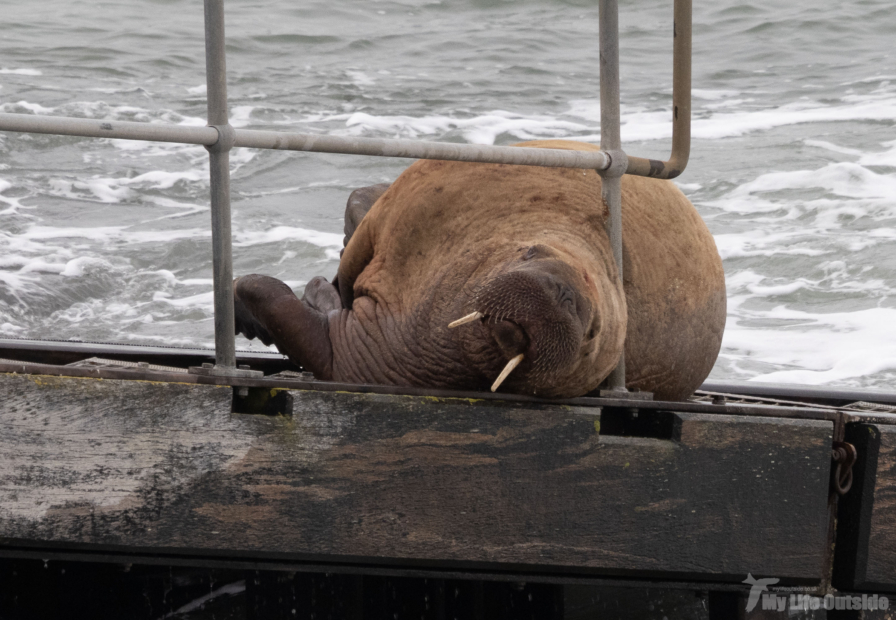I watched a very interesting series on TV recently called “All Roads Lead Home” that introduced three celebrities to the art of natural navigation. For those unfamiliar with the term it describes the way in which it is possible to use our surroundings to determine which way is north and thus hopefully arrive at the intended destination without need for maps or the harassing of passers-by. I’m sure most of us are familiar with some of the basics such as working out the prevailing wind direction based on the shape of nearby trees, but other subtler techniques such as observing on which side of a wall certain lichens grow had never previously occurred to me. Ever since I have been subconsciously looking out for these natural way-pointers when out walking, and in doing so have for example become far more aware of the selective nature of fungi when it comes to choosing a habitat.
During our trip to Leeds we stumbled across a perfect example of what I am rambling on about in an area known as Clayton Woods. On the way back from partaking in some geocaching we stepped over a long ago fallen tree and noticed the following two species of fungi growing upon it.
While both were very fine to look at in their own right it was the positioning of the two species on the log that really caught me eye. They were growing completely apart from each other and on opposite sides of the log as shown below.
This top down view shows that the bracket type fungi is growing on what appears to be the dryer side of the log (left) whereas the other is in a far damper climate as indicated by the darker colour of the wood and increased moss growth. As an example of species specialisation it is almost perfect, but if I can bring it back to how I started this post it is also a fine aide to the followers of natural navigation. Being in the UK and hence the northern hemisphere our sun rises in the east and sets in the west after taking in the south. As a result the southern surface of objects tend to dry quicker. By contrast those facing north are usually in the shade for much of the time and hence are cooler and damper. With this in mind it is quite clear to see from our log which way is north and which way is south, and also which species of fungi prefers which habitat. Fascinating stuff I think.






7 Comments
theconstantwalker · December 14, 2011 at 9:40 pm
A lovely post Adam…
Bob Bushell · December 14, 2011 at 9:47 pm
Fungi is the best. Nice post too.
Unknown · December 14, 2011 at 11:44 pm
Interesting post Adam!! Boom & Gary of the Vermilon River, Canada.
Martha Z · December 15, 2011 at 3:51 am
Interesting, you are very observant. Now I will have to look for more examples.
holdingmoments · December 15, 2011 at 6:25 am
A fascinating post Adam.
I recently got a book by Tristan Gooley, called The Natural Navigator.
Some things in there that when you read it, you think, 'of course'.
Interesting subject.
Hilke Breder · December 15, 2011 at 10:15 pm
Very interesting, Adam. Something to keep in mind when hiking. We have an added challenge in New England: to figure out whether the woods were once pasture, crop land or original forest. Fun post!
Adam Tilt · December 21, 2011 at 6:41 pm
Andrew – thanks.
Bob – cheers.
Gary – thanks. Glad you enjoyed it.
Martha – it's definitely worth keeping an eye out.
Keith – Tristan was actually the advisor on the program and that book is on my list to get. How is it?
Hilke – thanks.